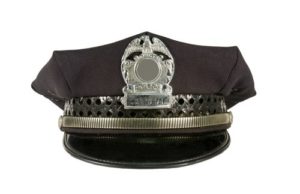Quick Guide to the Office of the Pardon Attorney
 What is the Office of the Pardon Attorney (OPA)?
What is the Office of the Pardon Attorney (OPA)?
The Office of the Pardon Attorney is a Federal agency that operates within the United States of America that is responsible for the provision of legal counsel furnished to the President of the United States with regard to the analytical process of granting a Presidential pardon to individuals – in Federal custody -convicted of criminal activity.
Office of the Pardon Attorney Quick Facts
The following details outline the administration of the Office of the Pardon Attorney (OPA):
The ideology of the Office of the Pardon Attorney was implemented upon the penning of the United States Constitution, which allows clemency – or Presidential Pardons – to be granted to individuals convicted of crimes
The head of the Office of the Pardon Attorney is Ronald L. Rodgers
Office of the Pardon Attorney Associated Terms and Agencies
The following terms and Government Agencies are associated with the operations and undertakings of the Office of the Pardon Attorney:
What is the Office of the Attorney General?
The Office of the Pardon Attorney works directly with the Attorney General of the United States, which is a legal and administrative position undertaken by Eric Holder, who serves as the primary attorney – or lawyer – on behalf of the United States of America. The primary objective of the Federal Attorney General is to serve the collective citizenship of the United States through legislative advocacy and the guardianship of legal statutes concerning the United States.
OPA and Executive Branch
The Office of the Pardon Attorney functions as a government agency under the Executive Branch of the United States government, which is comprised of 3 total branches; in addition to the Executive branch – which is responsible for the regulation and enforcement of operational legislation existing within the United States of America – there also exists the Legislative and Judicial Branches:
What is the Department of Justice (USDOJ)?
The Department of Justice is a federal agency within the Executive Branch of the government responsible for the supervision of the Office of the Pardon Attorney, which is considered to be a sub division within the USDDOJ; the primary objectives of the Department of Justice include the regulation and administration of legal activity, statutory legislation, and lawful behavior with regard Federal government:
The USDOJ not only serves to ensure that the Federal government acts in accordance with the law, which includes all branches of the Federal Government; furthermore, the Department of Justice undertakes all manners of criminal activity existing on a national level, which includes crimes occurring on both foreign and interstate levels
Office of the Pardon Attorney Legality
Administrative Law is the legal field associated with events and circumstances in which the Federal Government of the United States engages its citizens, including the administration of government programs, the administration and operation of government agencies, and the establishment of a legal, regulatory federal standard. The Office of the Pardon Attorney can be contacted through the following means:
1425 New York Avenue, NW
Suite 11000
Washington, D.C.
20530
(201) 616-6070



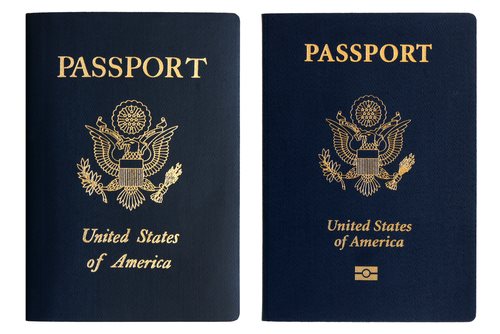 What is the Office of the Solicitor General (OSG)?
What is the Office of the Solicitor General (OSG)? What is the Executive Office for Organized Crime Drug Enforcement Task Forces (OCDETF)?
What is the Executive Office for Organized Crime Drug Enforcement Task Forces (OCDETF)? What is the Executive Office for United States Attorneys (EOUSA)?
What is the Executive Office for United States Attorneys (EOUSA)? What is the Bureau of Alcohol, Tobacco, Firearms and Explosives (ATF)?
What is the Bureau of Alcohol, Tobacco, Firearms and Explosives (ATF)?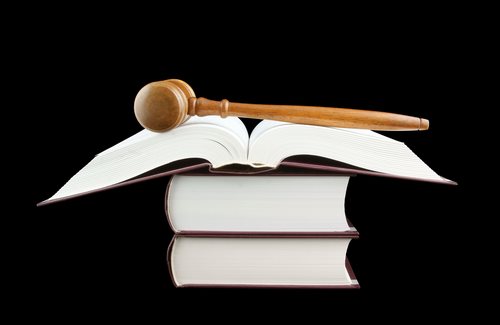 What is the United States Department of Justice Civil Rights Division (CRD)?
What is the United States Department of Justice Civil Rights Division (CRD)? What is the Community Oriented Policing Services (COPS)?
What is the Community Oriented Policing Services (COPS)? What is the Community Relations Service (CRS)?
What is the Community Relations Service (CRS)?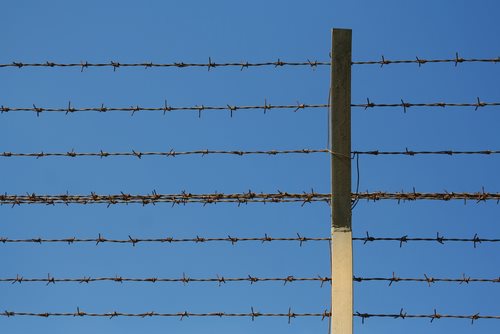 What is the Criminal Division?
What is the Criminal Division?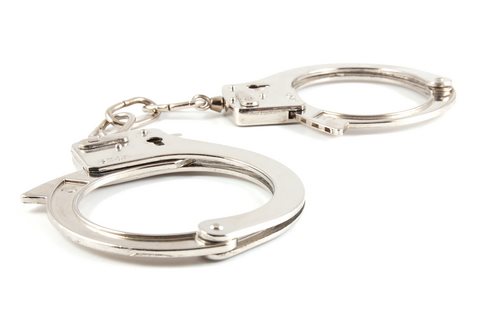 What is the Diversion Control Program?
What is the Diversion Control Program?









